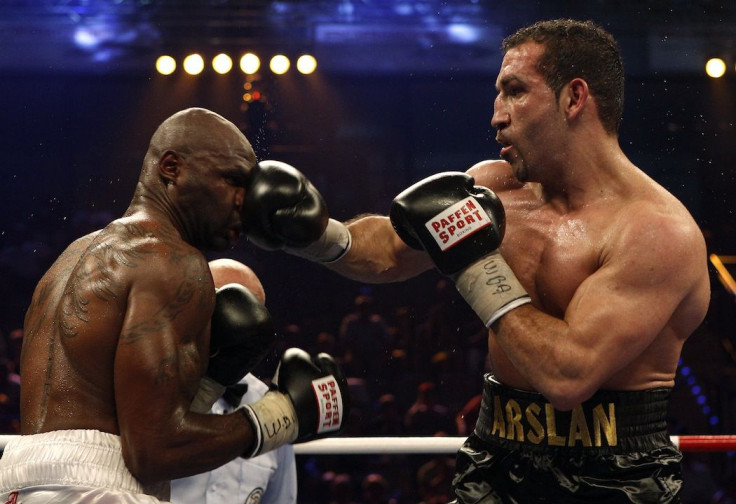Human Hand Evolved to Throw Knock-Out Punches

Your hands didn't evolve just for the sake of making tools, they're shaped the way they are for you to make a fist to punch others in a fight, according to a new study.
Scientists say that the human hand became short and square and complete with opposable thumbs at approximately the same time humans stopped dangling from trees and started walking on two feet. While these anatomical transformations are believed to have evolved for the manual dexterity needed for tool manipulation, researcher David Carrier, a biology professor at the University of Utah in Salt Lake City has a different theory and believes that they evolved for us to become better fighters.
According to Carrier, several possible hand shapes would have allowed greater dexterity, but only one hand shape gives us the ability to make a fist with a thumb as a supporting buttress.
Carrier explains that unlike ape hands, the human hand has the unique ability to form a fist with the thumb outside the fingers. Apes possess hands that are too long to curl into their palms, and that they have thumbs that are too short to extend over their fingers, which Carrier believes may explain that when primates fight they are far more likely to wrestle their enemies down for their friends to stomp on.
The proportion of our hands makes it possible for us to grip things to two different ways that the hands of primates cannot manage well. The first grip, known as the precision grip, is used when we hold an object between our fingertips and our thumb. The second is called a power grip, in which our hand wraps all its fingers and thumb around an object that is being clutched.
These two kinds of gripping, believed to be essential to the Homo sapiens' characteristic tool-making skills, has long been thought to be the driving force behind the proportions of the modern human hand.
While the ability to make tools was very important, Carrier's study published in the Journal of Experimental Biology reveals that it is possible that the geometry of the human hand evolved as a result of obtaining destructive rather than constructive power.
"The role aggression has played in our evolution has not been adequately appreciated," Carrier said in a statement. "There are people who do not like this idea, but it is clear that compared with other mammals, great apes are a relatively aggressive group, with lots of fighting and violence, and that includes us. We're the poster children for violence."
He says that as our ancestors evolved, individuals who were able to attack with a clenched fist without hurting themselves were more able to fight for mates and therefore more likely to reproduce.
Besides sex, fights could also break out for food, water, land and shelter to support a family and "over pride, reputation and for revenge," he said.
"If a fist posture does provide a performance advantage for punching, the proportions of our hands also may have evolved in response to selection for fighting ability, in addition to selection for dexterity," Carrier explained.
To test their hypothesis, Carrier and his team recruited 10 athletes and measured how hard they could punch a punching bag using a normal thumb-out-open-palm fist or an open palm using a accelerometer attached to the punching bag.
The participants were allowed to hit the bag in many ways, including forward strikes, side strikes and overhead attacks.
While the peak force was the same, whether participants punched the bag with a fist or slapped it with an open hand, because the fist delivers the same force with a third of the surface area as the palm and fingers, and 60 percent of the surface area of the palm alone, the ultimate peak stress delivered to the punching bag with the fist was 1.7 to 3 times greater than the slap.
Researchers explain that even though the force between the fist and the slap was the same, a fist delivers more stress because it concentrates the force into a smaller area and creates more damage.
Some experts say that while the study is interesting, it does not actually prove that the ability to make a destructive fist to knock out our opponents was the main driver behind the evolution of the shape of our hands.
Mary Marzke of Arizona State University in Tempe says that it is more likely that the human fist was a useful side effect of the evolutionary changes, according to New Scientist.
Marzke said that apes use the heel of their hand to knock fruit from trees, and that the latest study didn't measure the force that the heel of the hand generates. She explains that if the heel of the hand can generate just as much force of the fist, it'll be less likely to prove that our hands evolved the way they did to be perfect making fists.
However, Carrier believes that if his theory is actually true, it could explain another enigma: why higher levels of testosterone cause men to have longer ring fingers compared to their index fingers. He says that men with more testosterone and therefore longer ring fingers can make a better fist, explaining why dominant, testosterone-charged males are better fighters.
Published by Medicaldaily.com



























